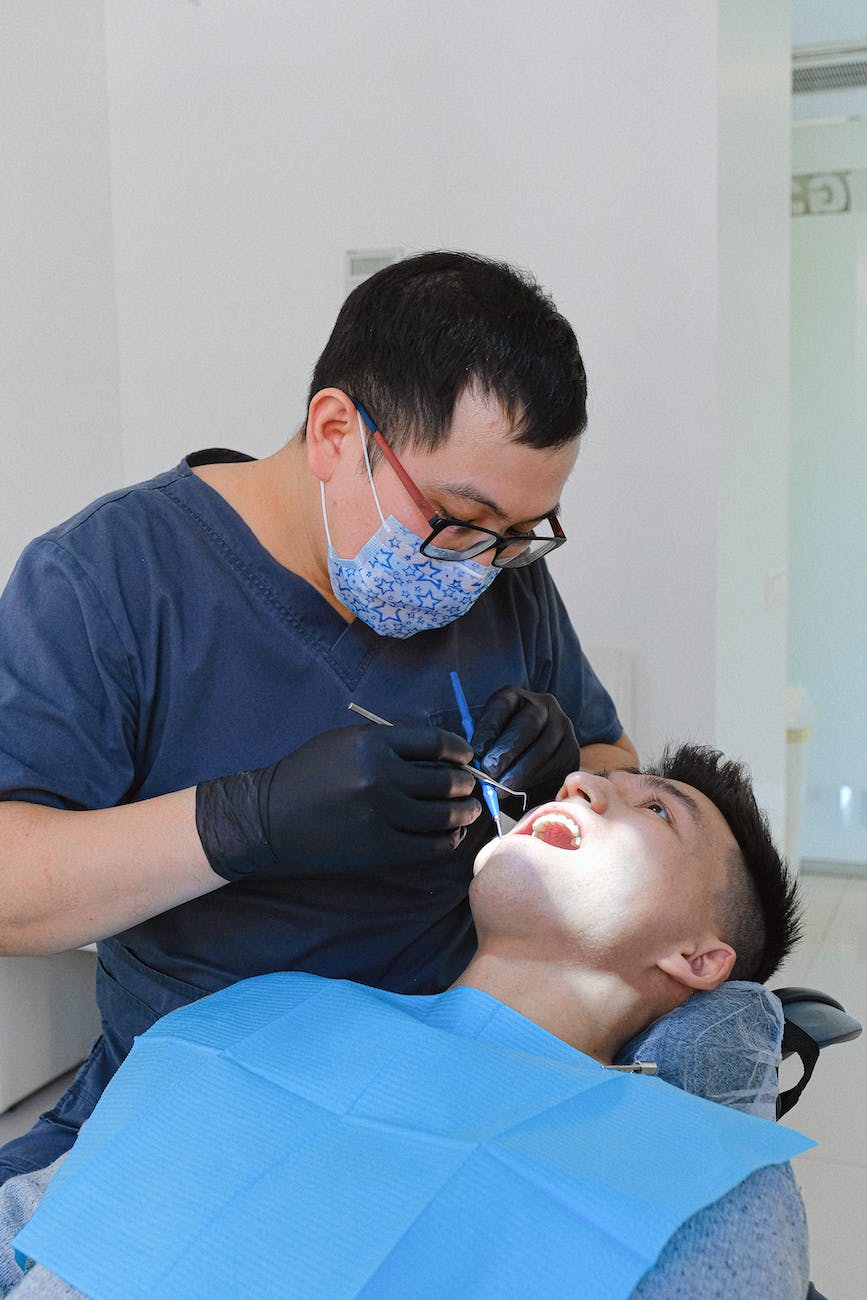
Tooth Extractions
What Are Tooth Extractions?
Tooth extraction, a procedure integral to dental health, involves the removal of a tooth from its socket in the jawbone. While dental care primarily aims to preserve natural teeth, certain conditions necessitate extractions for the overall well-being of the oral cavity. Extractions are broadly categorized into two types: simple extractions and surgical extractions. Simple extractions deal with teeth that are visible and easily accessible in the mouth, typically performed under local anesthesia. Surgical extractions involve teeth that are not easily accessible, for instance, teeth that are broken at the gum line or have not fully erupted, like some wisdom teeth. For expert guidance on tooth extractions and their impact on your oral health, consulting with a Greenville, SC dentist is recommended. They can assess your specific needs and provide appropriate recommendations and care.
Reasons for Tooth Extraction
Several scenarios warrant the removal of a tooth:
- Severe Tooth Decay or Infection: In cases where a tooth is severely damaged or decayed and cannot be saved through restorative procedures.
- Periodontal (Gum) Disease: Advanced stages of gum disease can weaken the support of the tooth, making extraction necessary.
- Orthodontic Treatment: Extractions are sometimes required to eliminate crowding and make space for teeth being aligned.
- Impacted Teeth: Common with wisdom teeth, impaction can lead to pain, infection, and disruption of the alignment of other teeth.
- Risk of Infection: In some cases, like with immune system compromises, even the risk of infection can be a reason for extraction.
The Tooth Extraction Procedure
The procedure for tooth extraction varies based on the complexity of the case:
- Pre-Procedure Examination: A comprehensive dental examination, including X-rays or 3D imaging, to plan the extraction.
- Type of Anesthesia: Local anesthesia is typically used for simple extractions. Surgical extractions may require sedation or general anesthesia.
- Extraction Process: In simple extractions, the tooth is loosened with a dental instrument called an elevator, then removed with forceps. Surgical extractions may involve making an incision into the gum and removing bone or breaking the tooth to facilitate its removal. For more details on the extraction process and to explore options for tooth extractions in Greenville, SC, please click here. This resource provides comprehensive information and insights specific to tooth extractions, ensuring you have the knowledge you need to make informed decisions about your dental care in Greenville, SC.
Preparing for a Tooth Extraction
Proper preparation can ensure a smoother procedure and recovery:
- Medical History and Medications: It’s crucial to inform the dentist of all medical conditions and medications to avoid any complications.
- Fasting Instructions: If undergoing general anesthesia, fasting may be required prior to the procedure.
- Post-Procedure Planning: Arranging for someone to drive the patient home and help with post-extraction care, especially if sedation or general anesthesia is used.
Aftercare and Recovery
Effective aftercare is essential for a quick and uneventful recovery:
- Rest: Patients should avoid strenuous activities for a few days post-extraction to promote healing.
- Pain Management: Pain can be managed with prescribed painkillers or over-the-counter medication.
- Diet: A soft food diet is recommended initially, gradually reintroducing solid foods as healing progresses.
- Oral Hygiene: Gentle cleaning around the extraction site is important. Rinsing with salt water can aid in healing and keep the area clean.
Potential Complications and How to Avoid Them
While tooth extractions are common and generally safe, understanding potential complications is essential for informed decision-making and proactive care.
Common Complications
- Dry Socket: This occurs when the blood clot at the extraction site is dislodged prematurely, exposing bone and nerves. Characterized by severe pain, it’s more common following wisdom tooth extractions.
- Infection: Marked by symptoms such as swelling, redness, pus, and fever, infections can occur if bacteria infiltrate the extraction site.
- Bleeding: Normal post-extraction bleeding should clot and reduce within a few hours. Excessive or prolonged bleeding, however, may require additional medical intervention.
Prevention and Management
- Strictly Follow Aftercare Instructions: The dentist’s post-operative guidelines are designed to minimize complications.
- Activity Restrictions: Patients are advised to avoid smoking, using straws, or engaging in vigorous oral rinsing and physical activities in the initial recovery period.
- Recognizing Symptoms Early: Being aware of the signs of complications like dry socket or infection enables timely medical response.
When to Contact Your Dentist
Certain symptoms in the post-extraction period necessitate immediate attention:
- Persistent or Intensifying Pain: Some discomfort is expected, but pain that persists or worsens may indicate complications like dry socket or infection.
- Uncontrolled Bleeding: Bleeding that doesn’t subside with pressure and time.
- Signs of Infection: Fever, excessive swelling, pus, and severe pain are indicative of possible infection.
Long-Term Considerations After a Tooth Extraction
The removal of a tooth, while addressing immediate dental issues, also brings forth significant long-term considerations for maintaining oral health.
Tooth Replacement Options
Post-extraction, it’s important to consider the various methods available for replacing the missing tooth. Dental implants are a popular choice, known for their durability and effectiveness in replicating both the root and crown of a tooth. They offer a comprehensive solution that not only restores the tooth’s appearance and functionality but also supports jawbone health.
Dental bridges present another viable option. These prosthetics use the adjacent teeth as supports to bridge the gap left by the extraction. Custom-designed to match the natural teeth, bridges restore the ability to chew and speak comfortably and are less invasive compared to implants.
For those who have lost multiple teeth, partial or complete dentures provide a flexible solution. As removable appliances, dentures cater to patients seeking a non-surgical or more budget-friendly option, though they don’t offer the same level of stability or bone support as implants or bridges.
The Importance of Addressing Tooth Loss
Choosing a suitable tooth replacement method is crucial not just for aesthetic reasons, but for overall oral health. Unaddressed tooth loss can lead to the shifting of adjacent teeth, resulting in misalignment and potential bite issues. Such misalignments complicate oral hygiene efforts, increasing the risk of tooth decay and gum disease.
Furthermore, the role of a tooth root in maintaining jawbone density is significant. The absence of this root stimulation can lead to bone loss in the extraction area, which can impact not only oral health but also the facial structure, potentially leading to a sunken appearance around the mouth.
Making the Decision for Tooth Extraction
A decision to undergo a tooth extraction should be well-informed:
- Comprehensive Consultation: Engaging in a detailed discussion with the dentist about all aspects of the extraction, including potential risks, benefits, and alternatives.
- Weighing Pros and Cons: Considering long-term oral health implications, cost, and personal comfort and convenience.
Conclusion and Key Takeaways
Tooth extractions, while a standard dental procedure, require careful consideration of the procedure itself, potential risks, recovery process, and long-term oral health implications.
Key Takeaways:
- Informed Decision-Making: Patients should understand the procedure, risks, and recovery essentials.
- Adherence to Post-Operative Care: Following the dentist’s instructions is key to a smooth recovery and minimizing complications.
- Long-Term Oral Health Planning: Considering tooth replacement options is crucial for maintaining oral health, function, and aesthetics.






